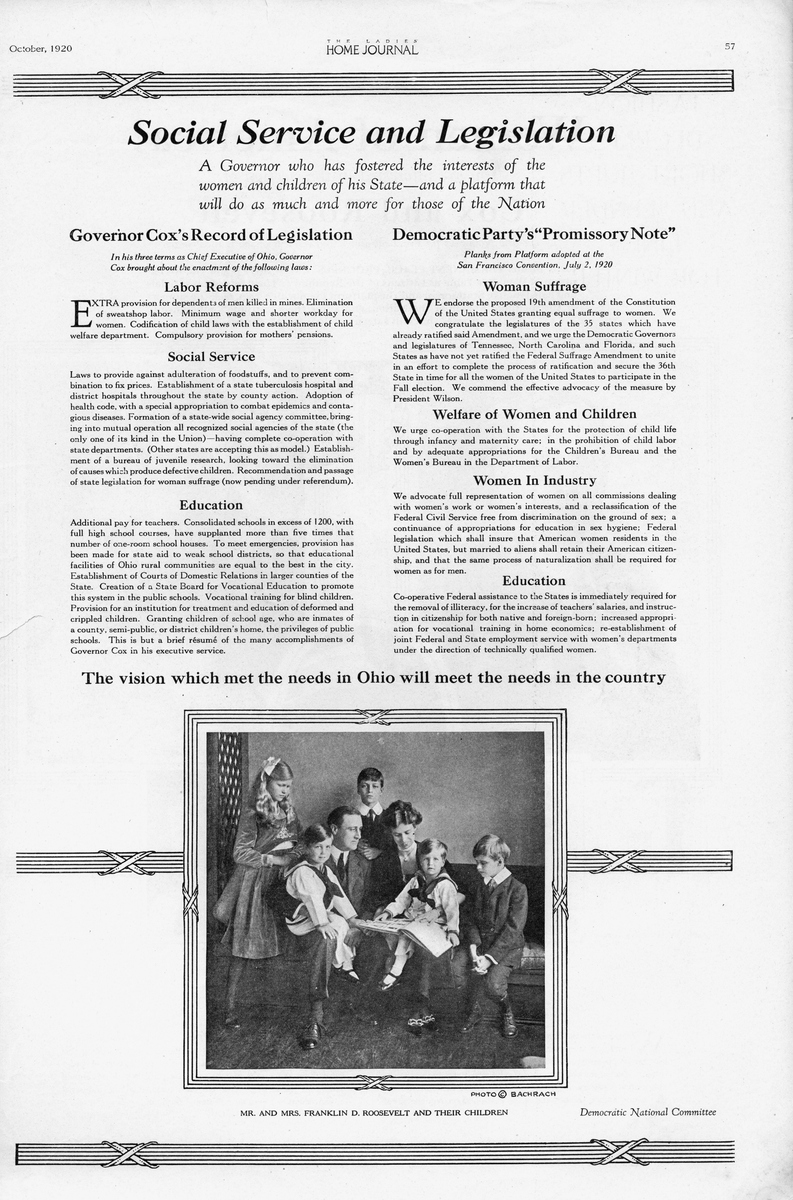Mastering Text Annotation: Techniques and Strategies
Mastering Text Annotation: Techniques and Strategies
Introduction:
Annotating a text is a powerful strategy for active reading and deeper comprehension. It involves engaging with the material by adding notes, comments, and markings directly on the text. This article will delve into the significance of annotation and explore various techniques to maximize its benefits.
What is Text Annotation?
Annotations are your personal interactions with a text. They can be notes, comments, questions, or markings that help you:
- Identify and remember key information.* Express the central themes and ideas.* Follow the development of arguments.* Connect with the text on a personal level.
Benefits of Effective Annotation:
A well-annotated text transforms passive reading into an active learning experience. It allows you to:
- Improve Comprehension: By engaging critically with the material, you're more likely to understand and retain information.* Enhance Recall: Annotations act as visual cues, making it easier to recall key points later. * Stimulate Critical Thinking: Asking questions and forming connections deepens your understanding and encourages analysis. * Facilitate Active Learning: Annotation transforms you from a passive recipient of information into an active participant.
Four Key Annotation Techniques:
-
Highlighting/Underlining: * Use this to emphasize key terms, phrases, or sentences. * Be selective; avoid highlighting excessively. * Consider using different colors to categorize information.
-
Paraphrase/Summary of Main Ideas: * Summarize key concepts in your own words in the margins. * Condense lengthy paragraphs into concise summaries. * This aids in understanding and remembering complex information.
-
Descriptive Outline: * Analyze the text's structure and organization. * Identify the function of each paragraph or section (e.g., introducing an idea, providing evidence, offering a counterargument). * This reveals the author's line of reasoning and the relationship between ideas.
-
Comments/Responses: * Record your thoughts, questions, connections, or disagreements. * Relate the text to your own experiences or knowledge. * This fosters deeper engagement and critical thinking.
Example of Highlighting/Underlining:
Imagine you are reading a text about the importance of sleep. You might highlight a sentence like, 'Sleep deprivation can lead to decreased cognitive function and increased stress levels.'
Conclusion:
Mastering text annotation is an invaluable skill for students, professionals, and anyone seeking to enhance their reading comprehension and engagement. By implementing the techniques outlined above, you can transform your reading experience from passive to active, unlocking a deeper understanding of the material and improving your retention of information.

原文地址: https://www.cveoy.top/t/topic/Pft 著作权归作者所有。请勿转载和采集!